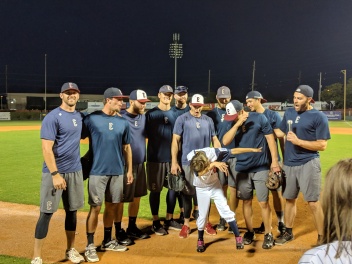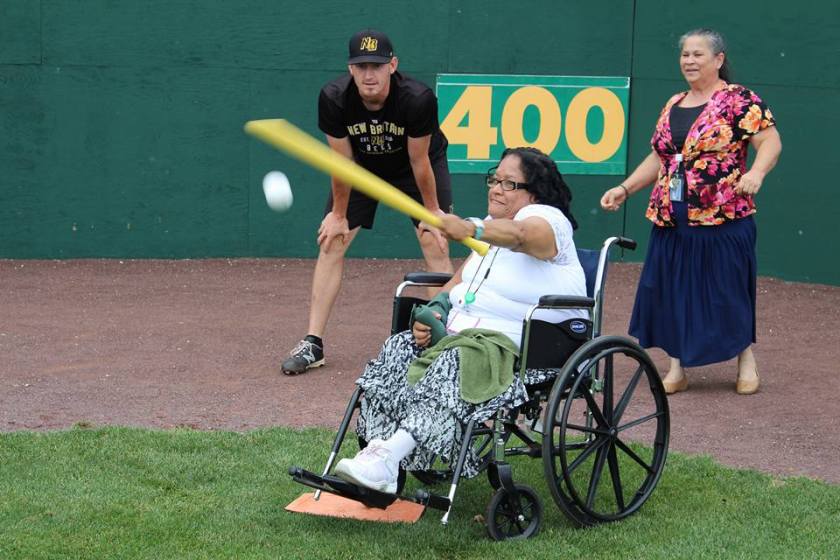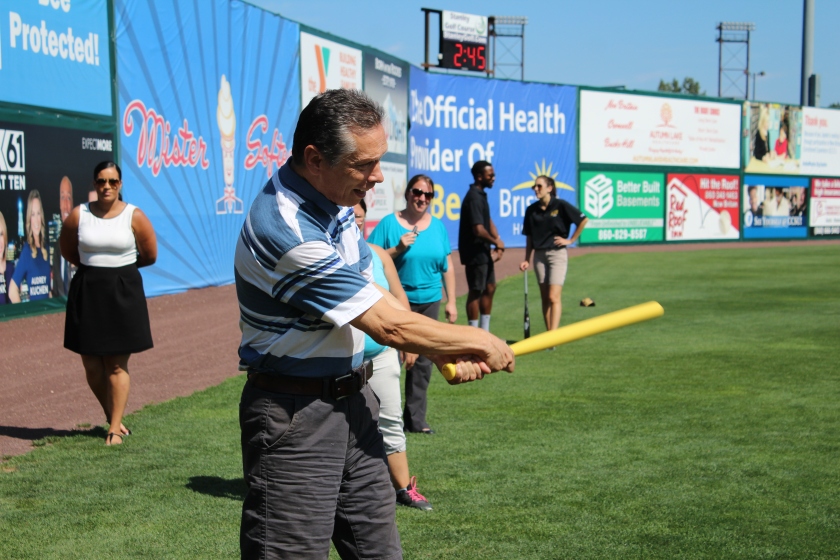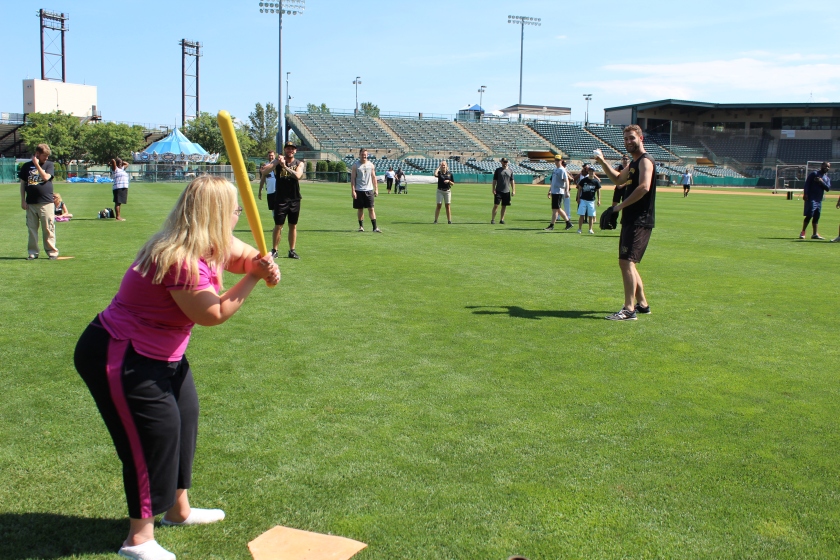If you follow us on any form of social media, you’ve most likely seen our hashtags #beautifullivesproject and/or #nolimitstoabeautifullife.
And if you haven’t seen them, you’re at least aware of our name, the Beautiful Lives Project.
But what do these hashtags and the name of our nonprofit actually mean?
To someone who finds us randomly on social media, they might think we are talking about outer beauty.
Let’s face it (pun intended), social media revolves highly around physical appearance. Before posting any photo or video, we have filters at our fingertips to enhance them. We can easily control the brightness/contrast/saturation/etc. of anything we upload, making the content appealing to our followers. Because of these tools, we can take something that was once plain or unattractive and turn it into a masterpiece.
However, outer beauty is not the theme of the Beautiful Lives Project.
In fact, #nolimitstoabeautifullife is nowhere near related to physical appearance.
So, what is our message?
What we want and hope to encourage with our programs is to live out a beautiful life. To live a life full of equal, inclusive opportunities- no matter a person’s level of abilities. To exude confidence and bravery in every step of one’s journey. Although we may look, think, or act differently from each other, it doesn’t mean we aren’t loved and valued.

In my search for what it means to live out a beautiful life, I reached out to my fellow co-workers for their opinions. I thought it would be interesting to get their take on this topic, and I was especially curious to hear Bryce’s thoughts. Remember, Bryce was born blind and has never seen what some would label as “beautiful.”
“I think helping people overcome obstacles in life is an example of living a beautiful life.” -Bryce Weiler, Co-Founder

I couldn’t agree more with his statement.
Ever since I have known Bryce, (about 8 years now) he has always tried to help anyone in need. Fast forward to today and he continues to do the same. A large part of his work with the Beautiful Lives Project is helping people have better experiences in sports and other specialized activities. He actively seeks out opportunities for people with disabilities to learn, grow, and have fun. Through this organization, he has helped change hundreds of lives, and I know this is only the beginning of his impact.
“A beautiful life is one in which we see each other as human without any lens to focus on things such as appearance, wealth or disabilities.” -Anthony Iacovone, Co-Founder
This quote by our Co-Founder Anthony is so important and accurately touches on what we strive for in the Beautiful Lives Project. To put it simply, people with disabilities are people. They are just as human as those without disabilities. They have thoughts, goals, interests and opinions, just like everyone else around them. When we intentionally look past the stigmas and get to know a person, we often find out we are more alike than we realized.

“To live a beautiful life is to take what we have been blessed with in our own lives, whether it be material, physical or spiritual, and share it with others so that their lives can also be blessed.” -Charlie Brignac, Executive Director
Charlie brings up a great point with his statement. Whether we believe it or not, we all have something of value to offer this world. If you have ever gone to one of our events, you will see first hand how each person adds to the positive experience. People are actively helping each other, laughing, smiling, learning new skills, and making friends. It doesn’t matter if someone is teaching a person how to catch a ball or simply putting a smile on their face, the contributions are equally as important and impactful.
To me, living a beautiful life means to live freely, yet intentionally.
It is very easy for us to get caught up in what is ‘life’ today. We are BUSY people. I often look at the mountain of things I need to accomplish and feel the stress rise inside me. I’m so focused on what’s ahead of me, that I sometimes forget to appreciate what’s in front of me. So, for me to live a beautiful life, I intentionally pay attention to the here and now. I take each day at a time and do my best to be of help and support to those around me.

After receiving quotes from my co-workers, I quickly realized that we all have different opinions of what it means to live a beautiful life. None of our personal definitions are better or worse than another’s. They show a glimpse of how we live our lives and what motivates us to share that message with others. I personally think that’s the most beautiful part of all.
Asking for help when you need it and helping others when possible is living a beautiful life. Looking past someone’s surface and choosing to see what’s on the inside is living a beautiful life. Recognizing your skills, talents, dreams, goals, strengths and even weaknesses is living a beautiful life. Taking each day one step at a time is living a beautiful life. Giving back to your community is living a beautiful life.
What would your definition be?
May we continue to view others not through a lens of judgment and filters, but through a lens full of acceptance, inclusion, and equality.
#beautifullivesproject #nolimitstoabeautifullife
-Diane McFeaters, Co-Founder
diane@beautifullives.org







 . One evening early in the semester, I offered to help Bryce get his dinner. To be honest, I was nervous and intimidated by this task I had just set up for myself. Prior to meeting Bryce, I had never met or interacted with a blind person, and I wasn’t quite sure how to act around him. I was afraid that I would say the wrong thing, such as “See you later!” or point to something without thinking. But, nevertheless, I had offered to help him and couldn’t back down now.
. One evening early in the semester, I offered to help Bryce get his dinner. To be honest, I was nervous and intimidated by this task I had just set up for myself. Prior to meeting Bryce, I had never met or interacted with a blind person, and I wasn’t quite sure how to act around him. I was afraid that I would say the wrong thing, such as “See you later!” or point to something without thinking. But, nevertheless, I had offered to help him and couldn’t back down now.





















 On Wednesday July 26th, the Beautiful Lives Project held its first “Field of Dreams” event at New Britain Stadium. Members of The Arc of Southington came to play on the field with the New Britain Bees and Lancaster Barnstormers players. The Arc of Southington is a nonprofit organization that provides advocacy, education, information, and individualized supports to people of all ages with intellectual and developmental disabilities. Fun was had by all and the Beautiful Lives Project looks forward to playing with this group again. Below are Bryce and Diane’s perspectives on yesterday’s event.
On Wednesday July 26th, the Beautiful Lives Project held its first “Field of Dreams” event at New Britain Stadium. Members of The Arc of Southington came to play on the field with the New Britain Bees and Lancaster Barnstormers players. The Arc of Southington is a nonprofit organization that provides advocacy, education, information, and individualized supports to people of all ages with intellectual and developmental disabilities. Fun was had by all and the Beautiful Lives Project looks forward to playing with this group again. Below are Bryce and Diane’s perspectives on yesterday’s event.

